Walk Like An Egyptian
The shirt goes way, way back. In fact, this date marks the oldest preserved garment in the world - a linen shirt from ancient Egypt.

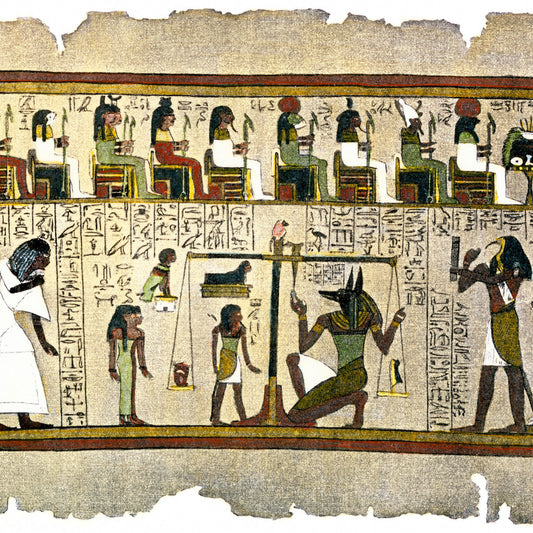
Walk Like An Egyptian
The shirt goes way, way back. In fact, this date marks the oldest preserved garment in the world - a linen shirt from ancient Egypt.
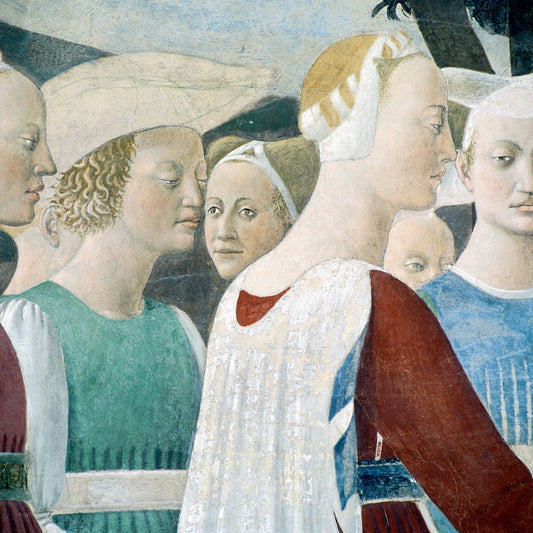
Good Morning, Good Knight
In Europe, detachable sleeves are considered chic. Women swap them between outfits, and sometimes unbutton one and give it to a suitor as a sign of affection.

Too Deluxe to Dress
These are the cloudy origins of a shirt convention that we still live with today: women’s shirts buttoning on the left and men’s on the right. Allegedly, women of status tended to be buttoned up by a servant, more easily done from the left for a right-handed person, whereas men dressed themselves.

Raiment Reflection
“Religion is not changed as easily as a shirt,” King Henry IV of France observes, ruling during a time of period in France.
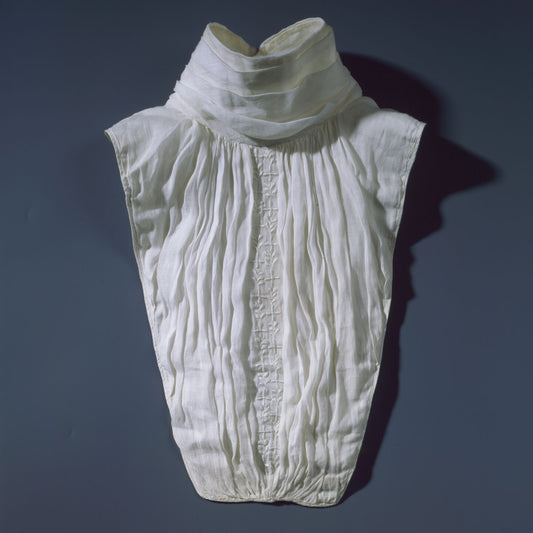
The Origins of the Crop-Top
The “half shirt” or “sham” was a popular men’s garment at this time. A decorative layer, it only covered the top portion of the chest and was worn over a shirt that was either deemed too plain for the occasion, or needed washing.
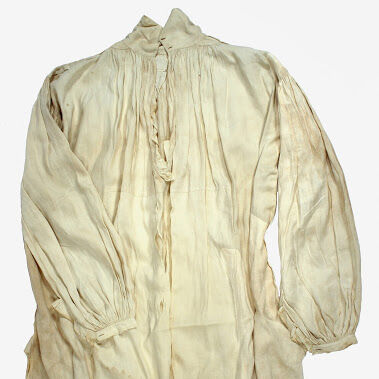
Top and Tails
The shirt extends beyond the torso for men of this era, its long tails doing double duty as underwear.

Enlightenment Expressions
The first documented appearance of the expression “To give the shirt off one’s back,” an idiom that indicates extreme desperation or generosity and is still in common usage.
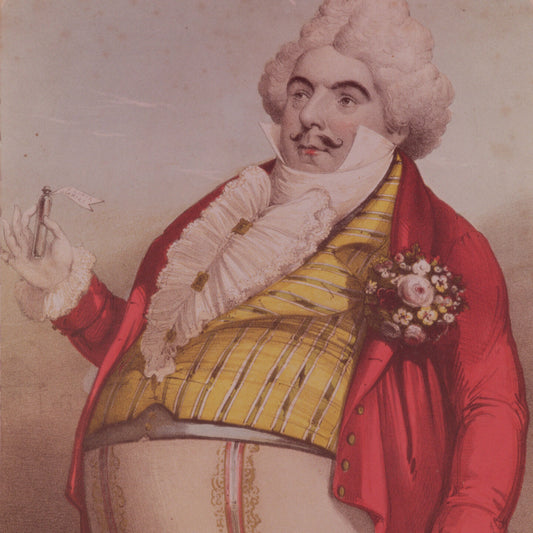
Frills for Thrills
Long neck frills, called jabots, are a fashionable element for men’s shirts, which are still pulled on and off over the head.
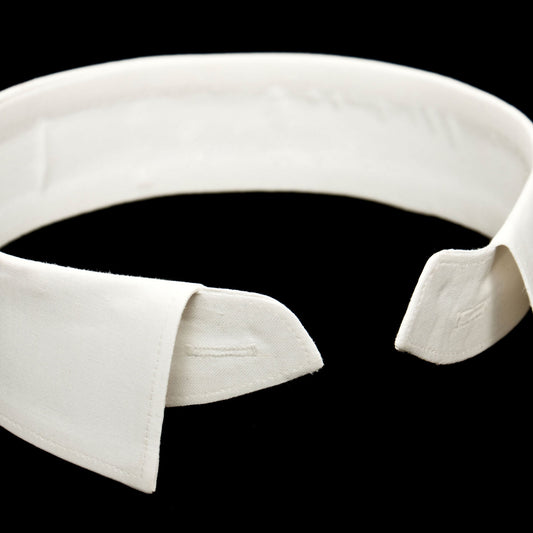
On the Cutting-Edge
Hannah Montague, a housewife in upstate New York, invents the detachable collar. Tired of constantly washing her husband’s entire shirt when only the collar needed it, she cut off his collars and devised a way of attaching them to the neckband after washing.

Brummell’s Bearing
The death of Beau Brummell at age 61, an English dandy who revolutionized men’s style with his simple, precisely tailored look. A key element: pristine, high-collared white linen shirts.
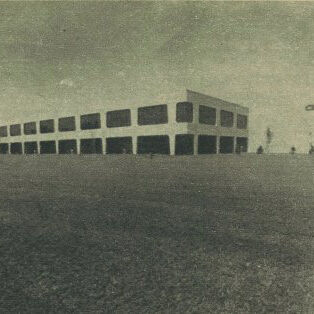
Swashbuckling Style
The French cuff makes its first important appearance in literature — in The Count of Monte Cristo, by Alexandre Dumas. In actual fact, the English invented the style.

Convenience Chic
All dress-shirt collars and cuffs are detachable during this period, allowing them to be laundered separately from the shirt.

Button Up
The clothier Brown, Davis & Co. patents a shirt that buttons all the way down to the waist. That same year, an article in a popular journal decries the “epidemic” of “monogrammaniacs.” The upwardly mobile masses are putting their initials on everything, including shirts—and not just to claim ownership of items sent out to be washed, the original (and practical) reason for monogramming clothing.

New Money, New Shirt
With industrialization creating vast amounts of new wealth in Europe and instigating the “Gilded Age” in America, fancy-dinner looks abound. Tycoons don shirts with turned-over “wing” collars, lined with decorative studs in the front and buttons in the back. During the late 19th century, the button-down collar does not exist yet; it is instead called a “polo shirt,” and is worn by players of the elite sport. By securing their collar points to their shirts, the players are able to keep them from flying up into their faces.

Can You Keep a Secret?
“Bosom shirts,” worn by thrifty men, consisted of a collar and shirtfront made of shirt fabric; the rest, which would have been hidden by a jacket, was made of cheaper material.
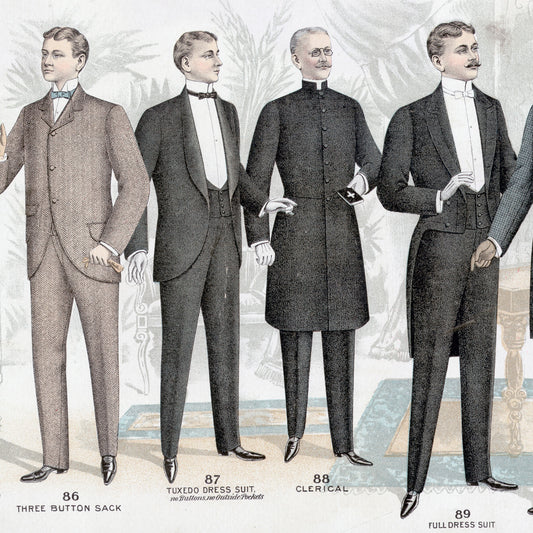
High Fashion
The high collar seen in portraits dating from this era is, in fact, a holdover from Victorian times. Though it is out of fashion today, a higher, stiffer collar does still convey formality.
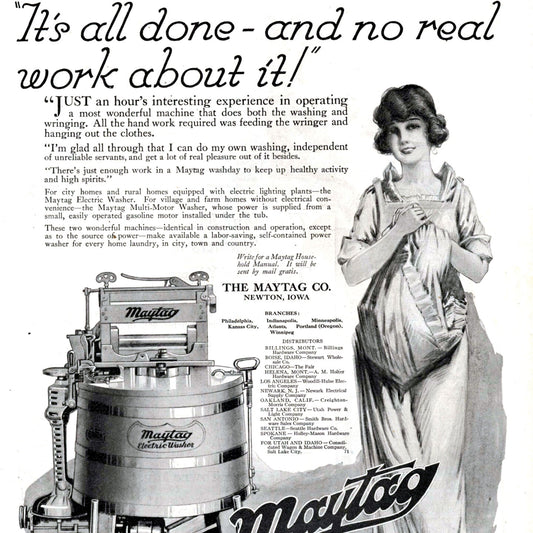
Whole Again
The rise of home washing machines prompts soft, attached collars to begin to replace detachable ones. The machines make it considerably easier (and more affordable) to wash the whole shirt.

To The Point
The pointed collar starts overtaking the rounded collar as the men’s style most typical for business wear.
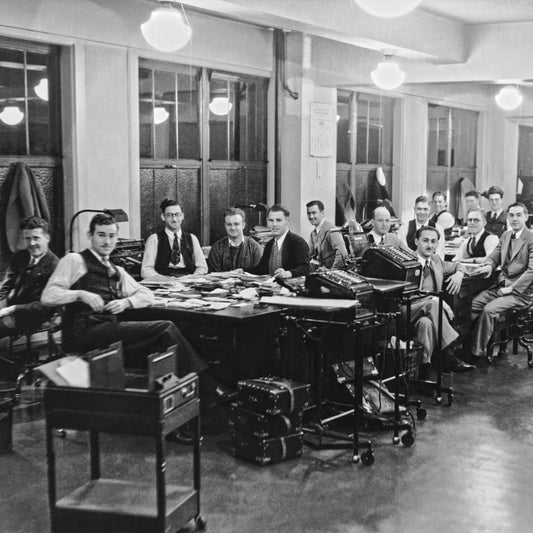
Feeling Blue
First recorded use of the term “blue-collar worker.” The color of one’s shirt is at this point an important class indicator. The “white-collar”—so called because those in more elevated positions are less likely to get their shirts dirty, and are thus able to wear white - is already a phenomenon.

A Question of Color
The single-color dress shirt becomes the top choice for professional daywear. Meanwhile, the old standard, in which the shirt body contrasts with a white collar and cuffs, remains the go-to for formalwear.

Stays for Days
Collar stays first become popular, although these early accessories resembled tie clips more than the small collar stiffeners available today. They connected the collar points to the necktie, keeping them in place.
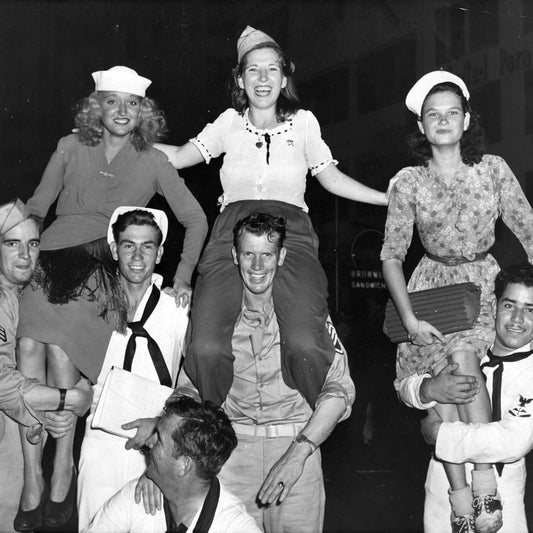
The War on Wool
In the United States, dress shirts start being made from synthetic fabrics such rayon, nylon, and viscose; mainly because wool was being commandeered for military uniforms.
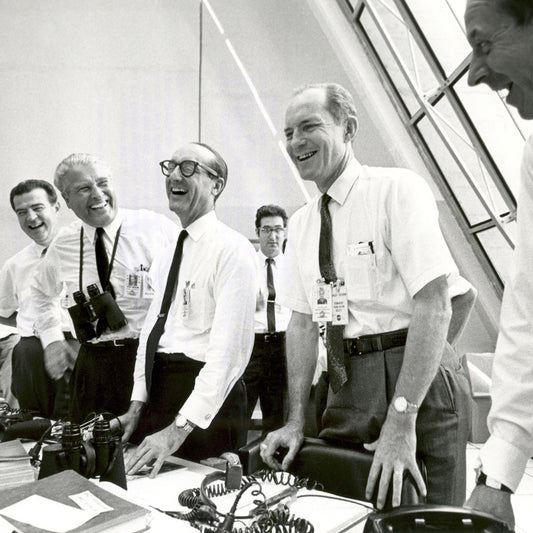
It’s Not Rocket Science
The short-sleeved dress shirt hits the scene. Paired with a necktie, it is popular with the professionals at NASA (the American space agency) and a new, tech-minded generation of office workers.

Vest Valediction
The chest pocket makes its first appearance on men’s shirts as a direct result of the decline of the waistcoat.